Part satire, part sincere look at faith, The Book of Clarence is a big bible epic told through a modern lens that takes aim at the basis of Christianity.
The Book of Clarence Review
Welcome to AD 33 Jerusalem, Jesus the Messiah (Nicholas Pinnock) is going around blessing people and making miracles happen. Everyone is enamored with this guy, everyone that is, except for Clarence (LaKeith Stanfield), a struggling “nobody” who owes a lot of money to Jedediah the Terrible (Eric Kofi-Abrefa). Jedediah happens to be the brother of the woman he loves (Anna Diop). Desperate to pay his debt and get the girl, Clarence decides to become the 13th Apostle. His twin brother, Peter, is already part of that group, having left Clarence and their ailing mother (Marianne Jean-Baptiste) behind. When that doesn't work out, he concocts a plan to become the new Messiah. Because after all, if Jesus can perform “tricks” for money then so can he.
Directed and written by Jeymes Samuel (the brains behind The Harder They Fall, a revisionist Western), The Book of Clarence takes a modern lens to the ancient story of Jesus. Everything from Samuel's highly stylized visual storytelling to the costumes, music, and characters is fantastic delivering a bible epic like never before. But rather than retelling Jesus' last year of life, it pivots focus to a normal guy living in Lower City Jerusalem trying to scam his way out of debt. Honestly, having Jesus as a side character, practically a cameo, gives this story of faith a fresh spin. The way his story (and his screen time) fits into the overarching plot makes it more meaningful and far less preachy than any other telling. Will some Christians find themselves clutching their pearls? Probably. Mary slaps Clarence for his questions about the immaculate conception, but at its heart this is still a film about belief.
Stanfield pulls double duty as the doubter Clarence and his faithful twin brother Peter. Clarence is snarky, crafty, and a likable guy. He oozes a natural charm that makes everyone adore him, that is unless he owes you money. Peter is faithful to a fault and the complete opposite of his brother, no one is eager to hangout with this dull man. Stanfield shoulders the movie with ease, landing the comedic timing, hitting the romance notes, and delivering a heartfelt emotional performance as a character who goes from self-proclaimed hater to a broken but determined believer. He commands the screen even when he shares it with the other standouts, including Benedict Cumberbatch and James McAvoy. Cumberbatch plays a beggar who is almost unrecognizable until the end when he dons a very famous look. To say more would be to spoil that hilariously camp moment, but trust me you'll know it when you see it. McAvoy meanwhile rocks a Commodus haircut as Pontius Pilate, the bored Roman overseer of Jerusalem. These two are used sparingly throughout but make an impact when they land on screen, especially opposite Stanfield. David Oyelowo is another scene stealer when he chews the scenery as a feisty John the Baptist.
Cinematically, Clarence looks like other religious blockbusters before it, but also tosses in Ben-Hur inspiration during a particular wild chariot race and Gladiator during a fight that sees Clarence up against the massive and “immortal” Barabbas (Omar Sy). Rob Hardy, director of cinematography, brings this world to life with sweeping shots of the city and countryside, as well as zoomed in spotlights to highlight a moment. POV shots are scattered throughout to make you feel part of the story, as if these pains are also happening to you. Hardy's framing captures the scale of those older films and thankfully everything feels lived in and not populated with CGI people and things. The title card and chapter designs (the story is broken up into three chapters) are also written in a way to emulate the past.
But this a modern affair in AD 33 so it plays with the biblical genre but adding some adapting visual cues from well-known blockbuster genres of today. Pinnock’s Jesus haunting stones in the air feels like a superhero moment, like Professor X just stepped onto the dusty streets. He also spills some tea but again writing about that would spoil the moment. The aforementioned chariot race with Mary Magdalene (Teyana Taylor) plays out like the original Fast & Furious with tight camera shots, trash talks and racing for pink slips… I mean money. Samuel also penned the majority of the songs heard throughout that drive home the fact that this movie might look “old” but it's anything but, because this story is timeless.
There is also, of course the inevitable comparison to another religious satire, Monty Python's The Book of Brian. Although it doesn't quite reach that level of irreverence, Clarence does share some characteristics with its protagonist. He starts off as a “very naughty boy” and yes he still lives with his mom. The biggest similarity though is that they both are a guaranteed good time.
Finding meaning in life and figuring out what we truly believe can be a convoluted mess in reality but in The Book of Clarence, Samuel makes it clean and concise, thanks to his clever script and a stellar performance by leading man Stanfield. Clarence's journey of self-discovery is something many can relate to, religious or not. It questions the story of Jesus and how he has come to be portrayed in Christianity, such as the erasure of his skin tone which Samuel quite humorously takes aim at. However, this film doesn't downplay faith, but rather examines what our motives are behind it. Are you a believer because it will get you something? Or does your belief make you treat others better–with kindness, love, and understanding even if they look different from you? Spoiler alert, if it's not the latter you may want to reexamine your heart like Clarence.
The Book of Clarence releases in theaters January 12. It is rated PG-13 for strong violence, drug use, strong language, some suggestive material, and smoking with a runtime of 2 hours and 16 minutes.
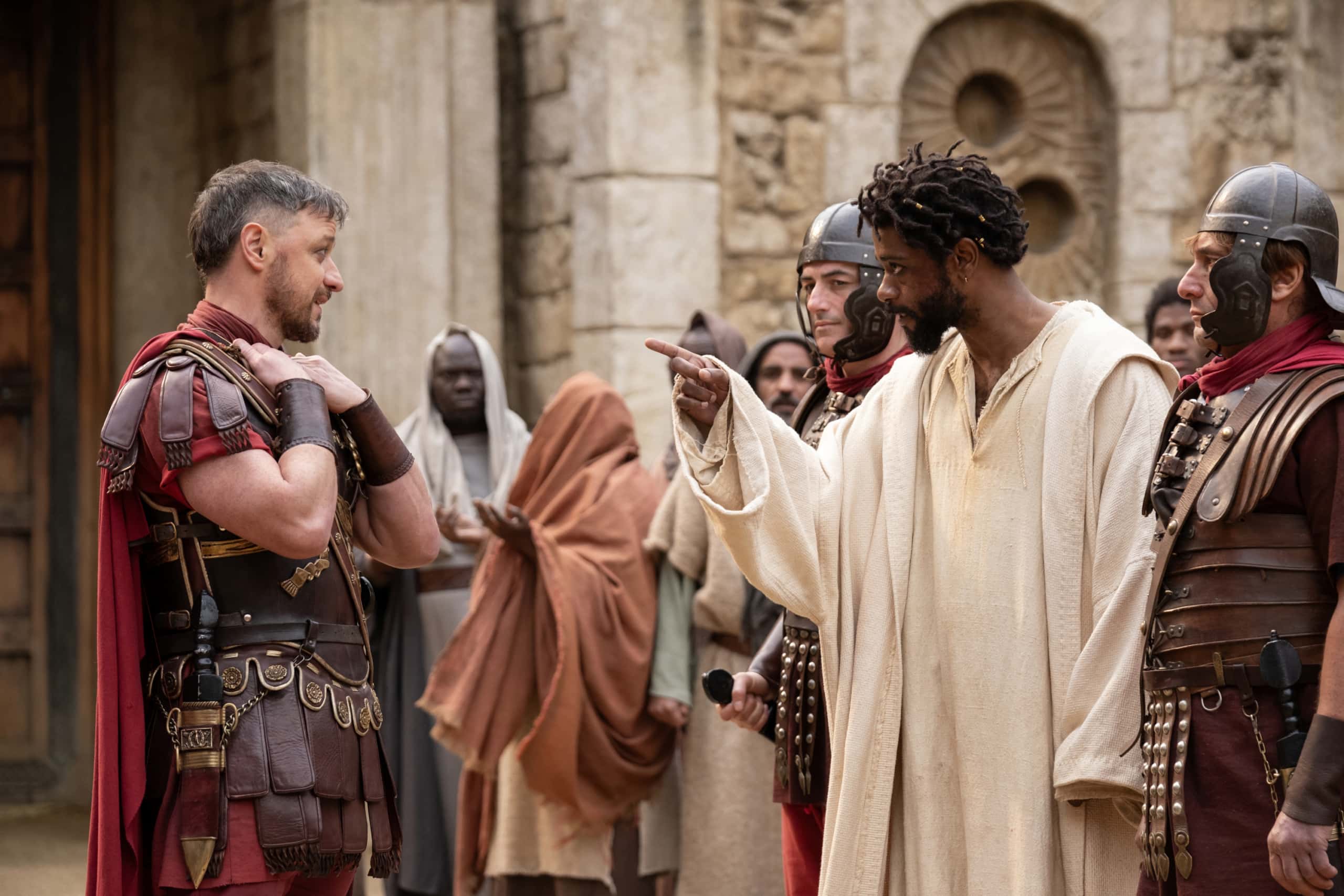
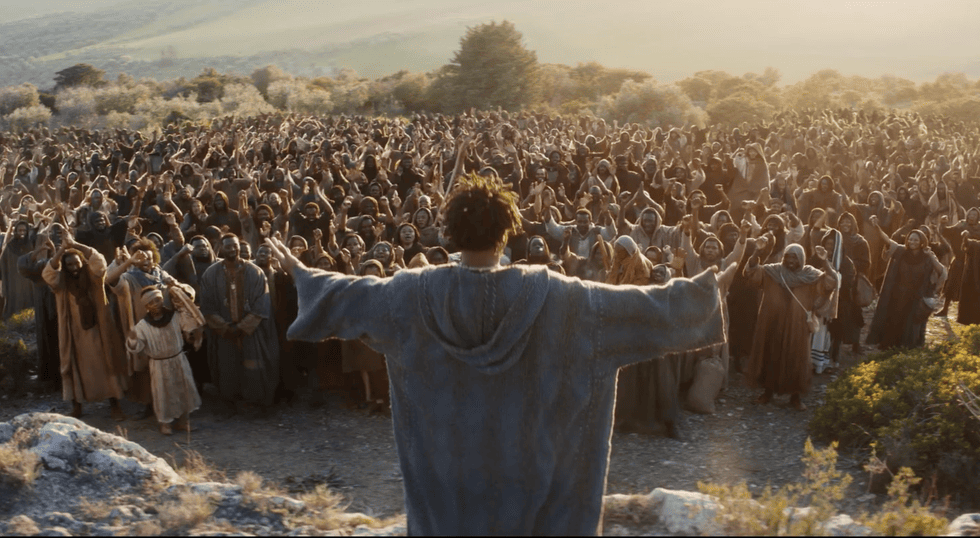
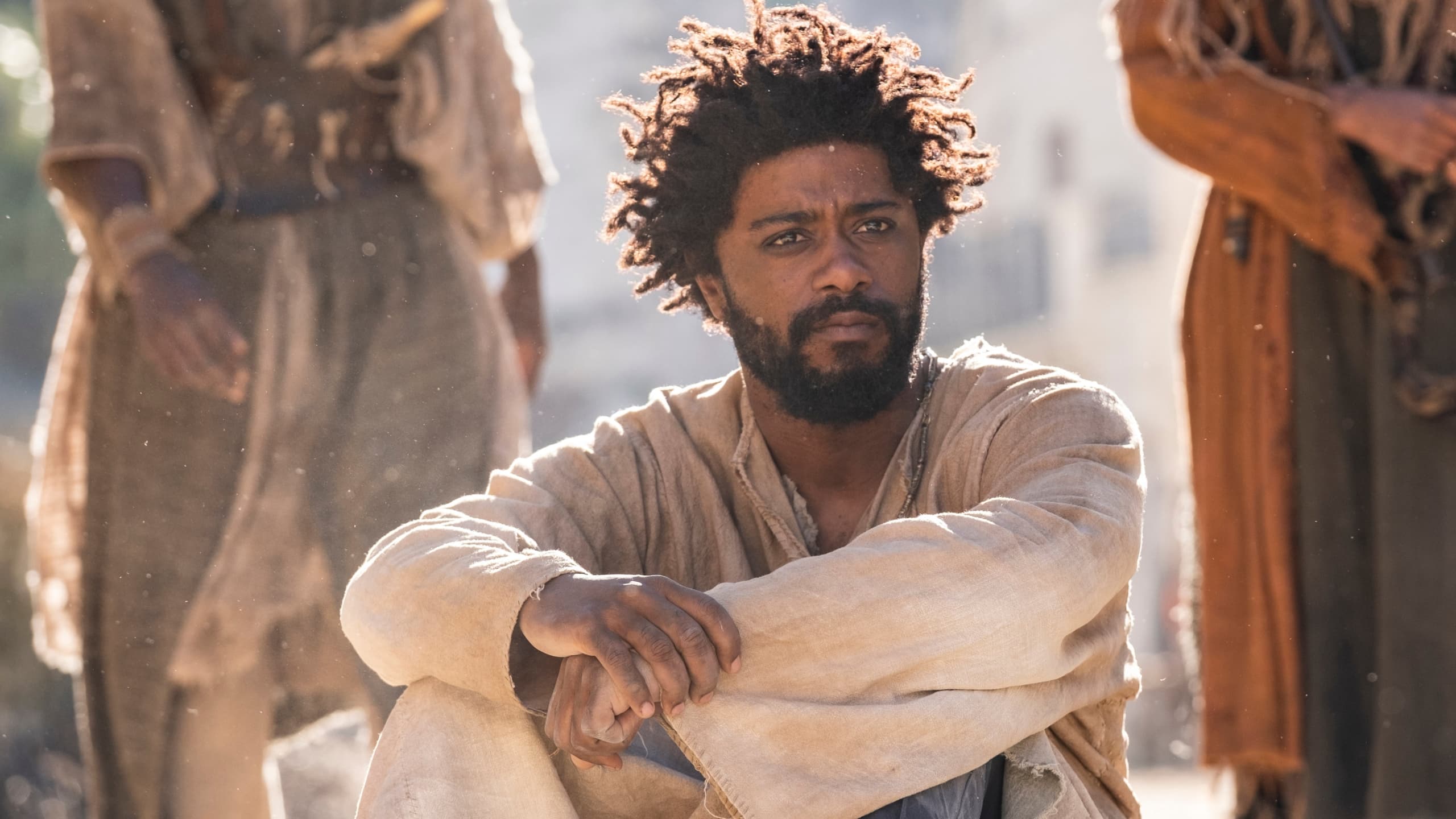


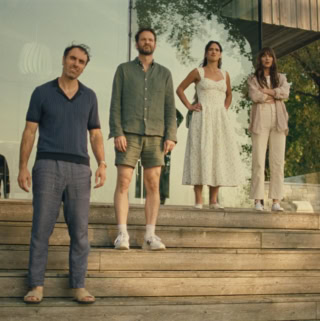
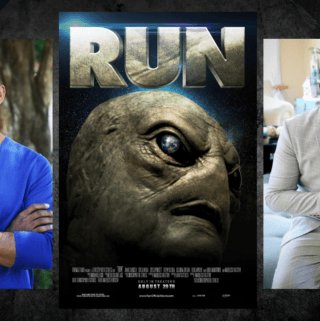


Leave a Reply